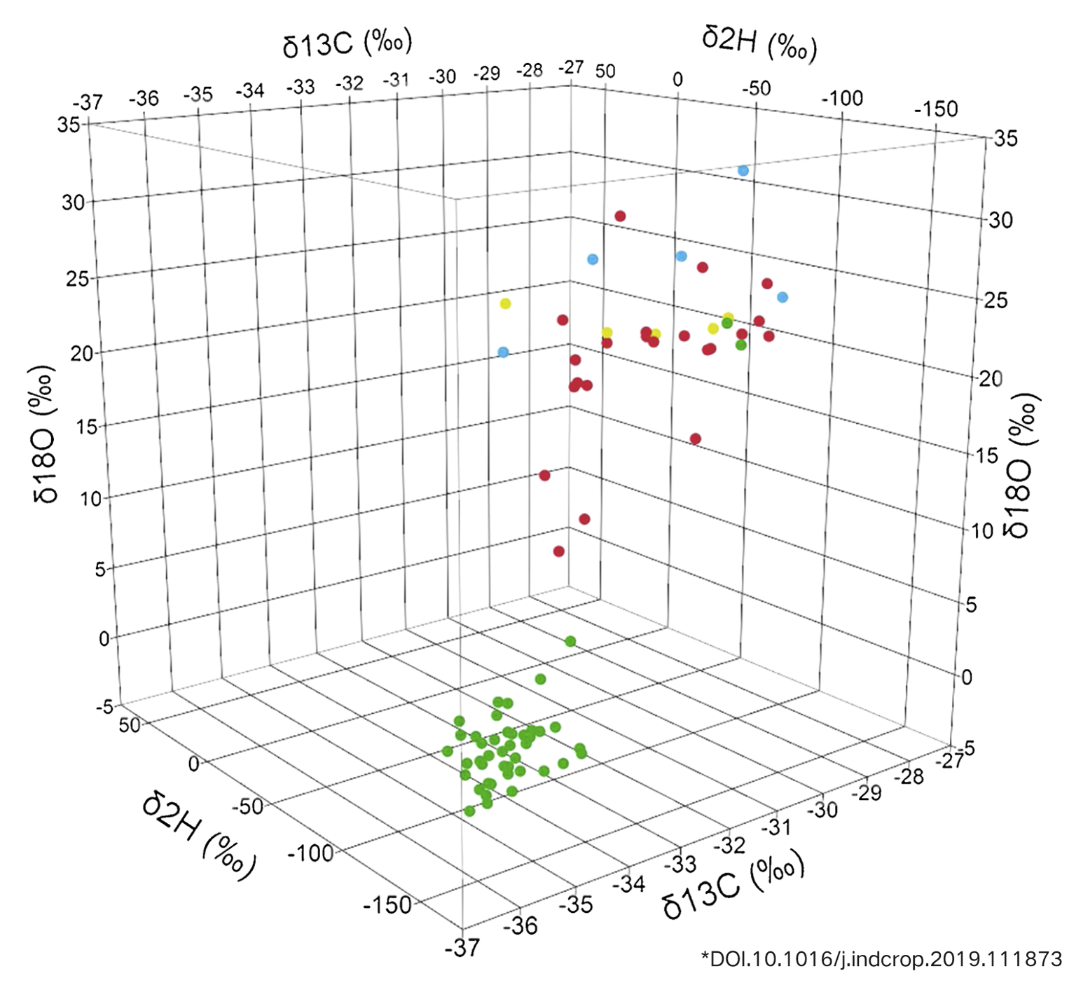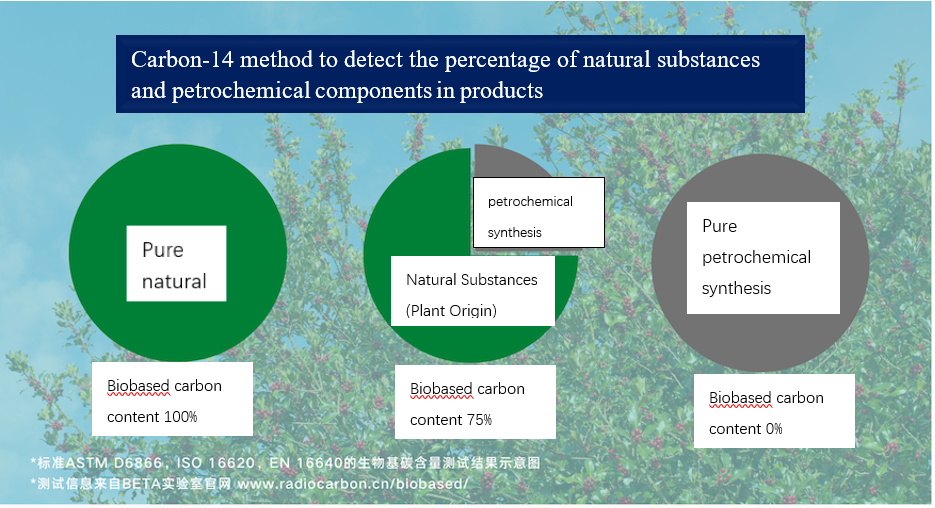

Wintergreen oil is a natural essential oil with high economic value and a wide range of applications. Because of its growing market demand, a variety of synthetic wintergreen oils with the "natural" label are also flowing into the market...
01 Opportunities and Challenges for the Wintergreen Oil Market
Wintergreen oil, mainly composed of methyl salicylate, can be used in the perfume, cosmetics, pharmaceutical and food industries, but is mainly used as a natural preservative for aromatherapy, oral care and cosmetics.
In 2020, the total sales volume of the global winter essential oil market reached 177,600 tons, and is expected to grow at a compound annual growth rate of 8.8% between 2021 and2026, reaching 294,500 tons by 2026.

From the perspective of the share of each application market, the application of wintergreen oil is mainly in aromatherapy, followed by the care industry, pharmaceuticals, food and beverages. These industries pay great attention to the use of natural ingredients.
Due to the wide use of wintergreen oil and the increasing demand in the market, the price of natural wintergreen oil has been high. The wintergreen tree has limited resources and low extraction efficiency, so the process of synthesizing wintergreen oil (methyl salicylate) has emerged and been continuously improved.
Many of them, in order to earn higher profits, use synthetic wintergreen oil as a natural wintergreen oil and label it 100% natural at the time of sale. It is easy for consumers to be fooled by such behavior, as the synthetic composition is consistent with the natural wintergreen oil composition in terms of ingredients.
02 Synthetic Wintergreen Oil Identification and Naturalness Testing
Wintergreen oil is composed of more than 99% methyl salicylate, which is easy to synthesize and is often used in the synthesis and adulteration of natural wintergreen oil.
Therefore, the adulteration and synthetic identification of natural wintergreen oil is mainly carried out for its active ingredient, methyl salicylate, as follows:
· Component analysis (GC-FID and GC-MS)
· Stable isotope analysis (IRMS)
· Naturalness analysis (carbon-14 test)
Component analysis (GC-FID and GC-MS):
French scholars have used GC-FID and GC-MS to test multiple natural wintergreen oils, synthetic wintergreen oils, and adulterated wintergreen oils. The results showed that all samples were high in methyl salicylate, close to 99%.
Therefore, these two tests can only determine that the wintergreen oil product contains the active ingredient methyl salicylate and obtain the content of this ingredient, but it is impossible to distinguish between natural wintergreen oil and synthetic wintergreen oil.
Stable isotope analysis (IRMS):
According to the results of previous studies, δ13C and δ2H of natural methyl salicylate have a clear range. In 2019, an article from Industrial Crops and Products simultaneously tested the δ13C, δ2H, and δ18O isotopic values of natural, synthetic, and adulterated wintergreen oils using IRMS (Isotope Ratio Mass Spectrometry), and the results are as follows:

* Natural Wintergreen Oil (Green Dot), Synthetic Methyl Salicylate (Blue Dot), Commercial Methyl Salicylate (Yellow Dot), Synthetic Wintergreen Oil (Red Dot)
It can be seen from the figure that there are significant differences in the δ13C,δ2H and δ18O isotopic values of natural and synthetic/doped methyl salicylate.
Isotope analysis is suitable for rough evaluation of raw materials, and it takes only 5 minutes to make a quick estimate. However, if this method is used alone, the content of methyl salicylate in the sample cannot be verified, nor can the percentage of natural ingredients in the product be obtained.
Naturalness analysis (carbon-14 test):
Composition analysis (GC-FID and GC-MS testing) and stable isotope testing cannot quantify the naturalness of wintergreen oil samples (the proportion of natural ingredients compared to synthetic ingredients), while carbon-14 testing can be done.
The carbon-14 test result of natural ingredients is 100% bio-based carbon content, and the natural degree is 100%; while the synthetic ingredients from petrochemical extracts do not contain carbon from any biological source, the test result is 0% bio-based carbon content, and the natural degree is 0%.

* Image information from beta Labs Natural Product Test Report Template
Synthetic methyl salicylate is usually derived from petrochemical extracts with a bio-based carbon content of 0%, while synthetic wintergreen oil has a bio-based carbon content ranging from 0% to 100% due to the different proportions of synthetic methyl salicylate blended in.

Carbon-14 test results can accurately obtain the natural composition percentage of the wintergreen oil sample. Combined with GC-FID and GC-MS tests and elemental analysis, the naturalness of the sample and the authenticity of the natural label of the product are finally confirmed.
03 key learning points
The combination of GC-FID and GC-MS testing, stable isotope testing, and carbon-14 testing allows a clear identification of the naturalness of wintergreen oil. It can accurately identify the existence of various synthetic and adulterated wintergreen oils available on the market, and can also quantify the proportion of natural ingredients.
This kind of multivariate analysis method is also suitable for the detection of the naturalness of all plant essential oils, plant flavors and various other plant extracts.
Translated by Tan Ta May, Odowell VietnamBiotechnology Co.,ltd Aug 2,2023